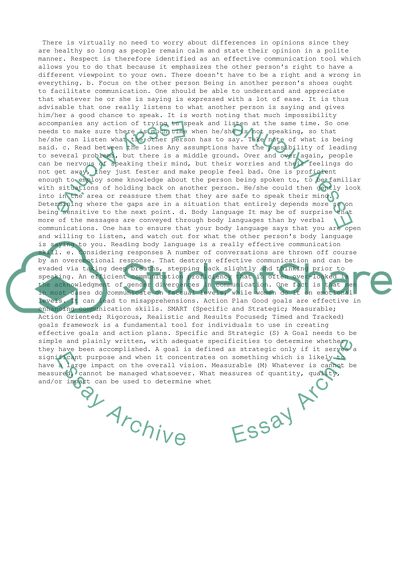Cite this document
(Excellence Communication System Essay Example | Topics and Well Written Essays - 3250 words - 3, n.d.)
Excellence Communication System Essay Example | Topics and Well Written Essays - 3250 words - 3. https://studentshare.org/business/1490436-excellence-communication-system
Excellence Communication System Essay Example | Topics and Well Written Essays - 3250 words - 3. https://studentshare.org/business/1490436-excellence-communication-system
(Excellence Communication System Essay Example | Topics and Well Written Essays - 3250 Words - 3)
Excellence Communication System Essay Example | Topics and Well Written Essays - 3250 Words - 3. https://studentshare.org/business/1490436-excellence-communication-system.
Excellence Communication System Essay Example | Topics and Well Written Essays - 3250 Words - 3. https://studentshare.org/business/1490436-excellence-communication-system.
“Excellence Communication System Essay Example | Topics and Well Written Essays - 3250 Words - 3”. https://studentshare.org/business/1490436-excellence-communication-system.


